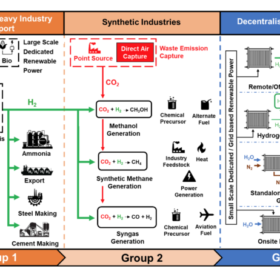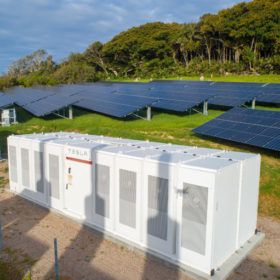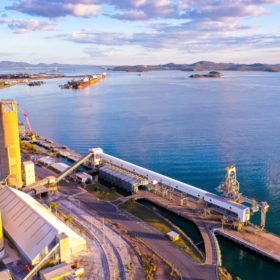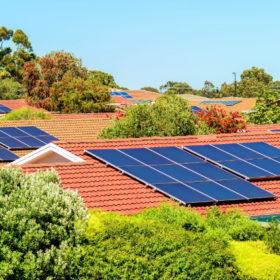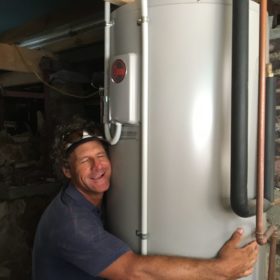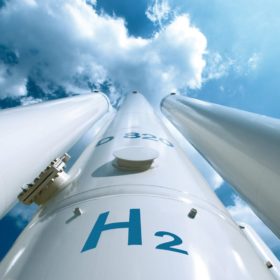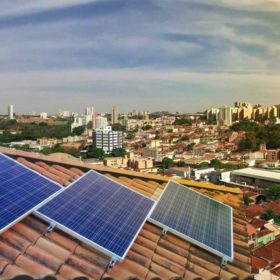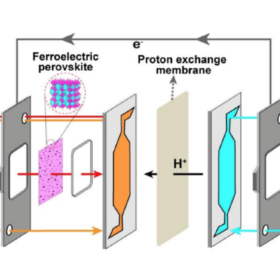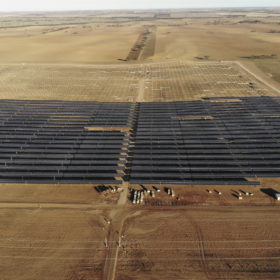Australian engineer develops tech to produce green ammonia from air, water, PV
Chemical engineer Rose Amal arrived in Australia from Indonesia 38 years ago to study at UNSW. Now her leadership and research are contributing to a new sustainable economy for Australia and clean fuels for energy-hungry industries.
Australian research shows tandem cells should follow PERC for multi-TW production
A new paper from the University of New South Wales underscores the urgent global need for tens of terawatts of PV to replace fossil fuels by 2050. The researchers say it’s time to focus on the most sustainable technologies, before reserves of silver, indium and bismuth dry up.
Solar microgrid makes remote Australian island less dependent on diesel
Until this year, Lord Howe Island was totally reliant on diesel generation for its electricity. A solar-powered hybrid microgrid, integrated into the island’s supply since April, has now been declared a resounding success.
Developers move forward with GW-scale PV-wind-storage project in Australia
A couple of years ago, the Australian state of Queensland became a beacon to advisory Energy Estate and international renewables developer RES Group. The Moah Creek Renewable Energy Project, the first stage of their gigawatt-scale plan, is now about to be introduced to the community.
South Australian electricity network’s rooftop PV trial set for launch
Since July 2020, SA Power Networks has been refining technology and stakeholder engagement mechanisms to enable dynamic solar exports to the grid, potentially ending an era of severe export limits on new customers in rooftop-solar-rich parts of the South Australian network and other jurisdictions.
Rooftop PV for water heating – a residential super saver
Off-peak electricity rates in Australia are quickly becoming an unhelpful price signal for rooftop solar owners, who benefit by self consuming their excess solar ahead of drawing electricity from the grid at any time of day.
Australian energy retailer, Japanese oil refiner team up on green hydrogen
Origin Energy, Australia’s biggest energy retailer, has agreed to team with Japan’s largest oil refiner, Eneos, to explore the potential for a commercial-scale green hydrogen supply chain between their respective home markets.
Money-saving energy plans for Australian rooftop PV
It’s not just big companies that are benefiting from digitization and data analytics. Last week, a new optimizing algorithm was unveiled in Australia to show PV owners which retail energy plans will save them the most on their electricity bills.
Solar-accelerated carbon-dioxide splitting to recycle a deadly greenhouse gas
Carbon never goes away, says Associate Professor Tianyi Ma, but if industrial carbon dioxide emissions can be cleanly, renewable catalyzed into chemicals and fuels that we need, we can reduce the overall GHG burden on the earth’s atmosphere.
Synchronous condensers to lift constraints on renewables in South Australia
South Australia has shown how to rapidly transition to renewable energy generation, but cracks have appeared in its system. ElectraNet has deployed synchronous condensers to smooth out the gaps and keep the state grid running reliably.

